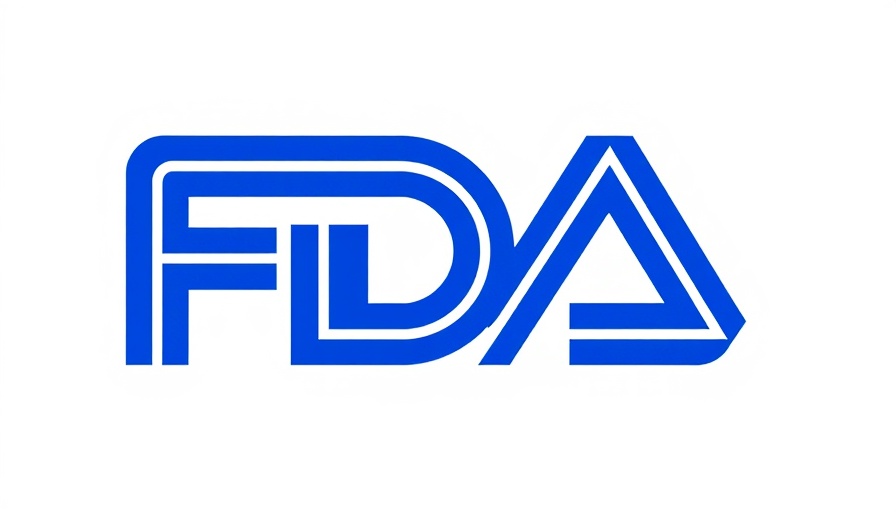
Understanding FDA's New Opioid Labeling Changes
The recent mandate from the U.S. Food and Drug Administration (FDA) introduces essential safety labeling changes across all opioid pain medications, primarily aimed at addressing growing concerns about their misuse, addiction, and overdose risks. The adjustments are particularly significant in light of the opioid epidemic that has tragically claimed nearly one million American lives.
Why These Changes Matter
This decision isn't just procedural; it stems from comprehensive reviews and public advisory meetings showcasing alarming findings regarding long-term opioid usage. As healthcare practitioners, especially those in concierge practices, understanding these changes is critical not only for compliance but to enhance patient safety and care quality.
Key Label Updates: What Healthcare Practitioners Should Know
- Clearer Risk Information: Expect labels to include a summary of research findings that outline risks tied to long-term opioid use.
- Dosing Warnings: Stronger warnings will highlight that higher doses are connected to increased risks over time.
- Clarified Use Limits: Language suggesting indefinite use of opioids will be eliminated, aligning practice with the latest medical insights.
The necessity for these labeling changes is underscored by alarming trends in opioid prescriptions amidst latency in corresponding research, highlighting a critical gap that practitioners must now bridge to ensure patient understanding and adherence.
Harmonizing Opioid Use with Alternative Treatments
An important update will reinforce that long-acting or extended-release opioids are intended solely for cases where other treatments don’t suffice. For specialized concierge health practitioners, this distinction can offer a pathway to better patient education and management, steering conversations towards more comprehensive treatment plans that might include behavioral therapies or non-opioid pain relief options.
Risk Management: Discontinuation Strategies
Practitioners must also recognize the new reminders against sudden opioid discontinuation, especially among patients who may be physically dependent. Understanding withdrawal risks is integral to fostering better patient outcomes, especially when transitioning away from opioids.
The Importance of Opioid Overdose Reversal Agents
The FDA will also provide enhanced information regarding overdose reversal agents. This is crucial information that concierge health practitioners can leverage to ensure their patients’ safety, equipping them with knowledge on how to access these life-saving medications effectively.
Future Implications for Healthcare Professionals
These changes underscore a broader movement towards transparency and accountability in drug approval processes, with calls for more rigorous clinical trials and post-market monitoring of opioids. Such initiatives are part of a collective effort to prevent history from repeating itself amid a crisis that has touched virtually every segment of American healthcare.
Conclusion: Staying Ahead in Patient Care
As the FDA implements these important changes, it’s crucial that health practitioners remain informed and proactive. The evolution in opioid regulations presents a pivotal opportunity for concierge health providers to advance their practices. Engaging with your patients about these changes can improve trust and safety, leading to better health outcomes.
If you’re overwhelmed by the technical aspects of these updates or how to implement them in your practice, consider joining a specialized workshop aimed at enhancing your understanding of opioid prescribing regulations and improving patient communication strategies.
 Add Row
Add Row  Add
Add 




Write A Comment